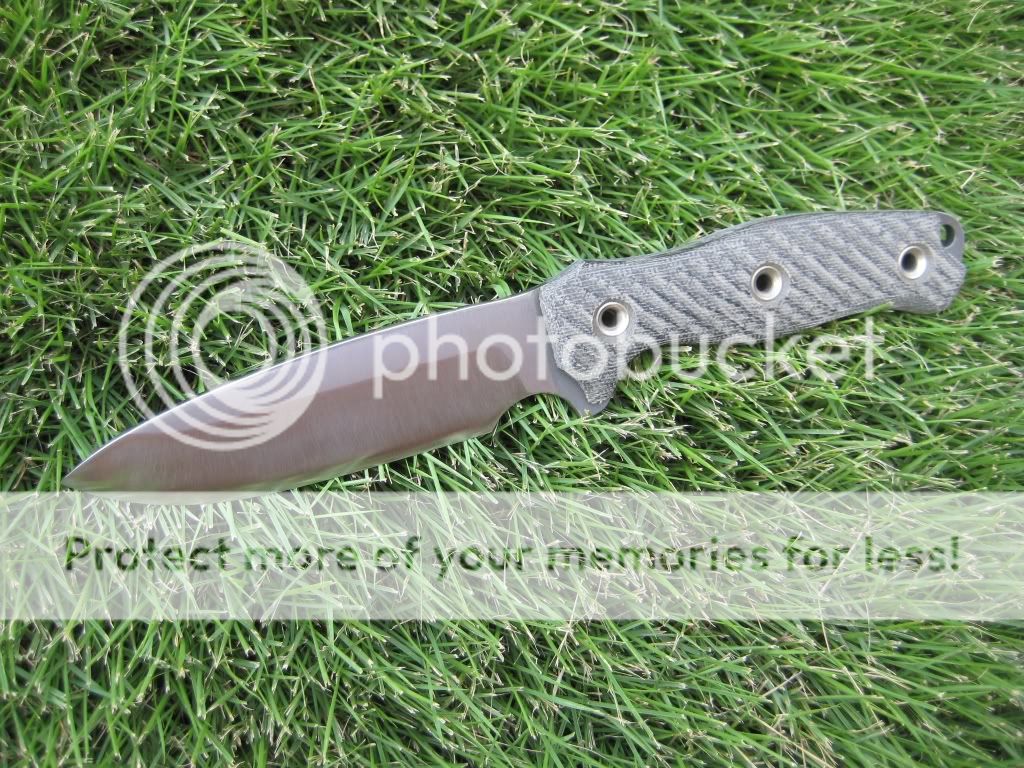- Joined
- May 30, 2009
- Messages
- 2,538
I recently saw a picture of a satin polished RMD with black slabs. It looked hot! Are there any board members that could strip the gray crinkle coat and sharpen and polish the blade?
The BladeForums.com 2024 Traditional Knife is ready to order! See this thread for details:
https://www.bladeforums.com/threads/bladeforums-2024-traditional-knife.2003187/
Price is $300 $250 ea (shipped within CONUS). If you live outside the US, I will contact you after your order for extra shipping charges.
Order here: https://www.bladeforums.com/help/2024-traditional/ - Order as many as you like, we have plenty.
Have you considered doing it yourself? The chemical strippers make removing the coating a 15 minute process. After that, it's just a matter of a lot of handing sanding.
Might want to PM Solstice. He did a great job stripping and DCing a RW some time back. I did a strip and hand-polish on a RW. It looked good but wouldn't do the job again except on a blade of my own.
Best of luck!
Didn't somebody say the stripper "dulled" his G10 though? (I hate it when strippers do that!)
Keep the Dremel in it's case. It'll never look even that way.
Hand sanding is the way to go. I've read that WD-40 on the blade when getting into the finer grits (600 or so) improves results.
I prefer a nice polish on my G10 btw!
I wonder if the WD-40 trick works for convexing an edge or stropping on fine grit paper? I always use the paper dry. Maybe that's why my results ain't so good.
I wonder if the WD-40 trick works for convexing an edge or stropping on fine grit paper? I always use the paper dry. Maybe that's why my results ain't so good.

Stripping the coating is actually VERY easy.
But, unfortunately, in MOST cases, the blades are quite rough from Busse under the coatings. And getting a decent looking satin finish on the blade after removing the coating is the hard and time consuming part.
Most people including myself would not jump at the opportunity to help a fellow forum member because it is TOO time consuming and too much a PITA for a typical hobbiest to do. I only do it on my knives because either Busse doesn't offer it on some knife designs or Busse charges WAY too much for satin from the factory. Either way = :grumpy:
I have NO interest in coated blades. For me, I only want to own and USE satin. PERIOD!
So, I only do it on my own knives because I HAVE to. Not because I want to or enjoy the hassle.
Here is one of many threads about stripping and satin finishing blades: http://www.bladeforums.com/forums/showthread.php?t=497995&highlight=strip
-----------
Is this the knife you are referring to?:
Keep the Dremel in it's case. It'll never look even that way.
Hand sanding is the way to go. I've read that WD-40 on the blade when getting into the finer grits (600 or so) improves results.
I prefer a nice polish on my G10 btw!
No, although I saw yours before, and read that thread. Thanks. I saw this RMD in a busse thread about HG55 sheaths
HERE
The stripping part does sound easy. I'm gonna try it... however the satin/polish part sounds difficult. I dont have a belt sander. I guess I'll try the wet paper technique.










